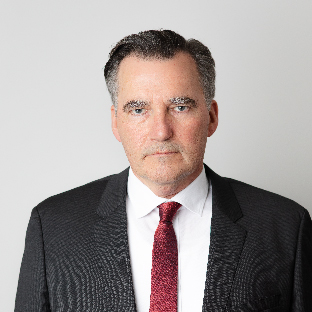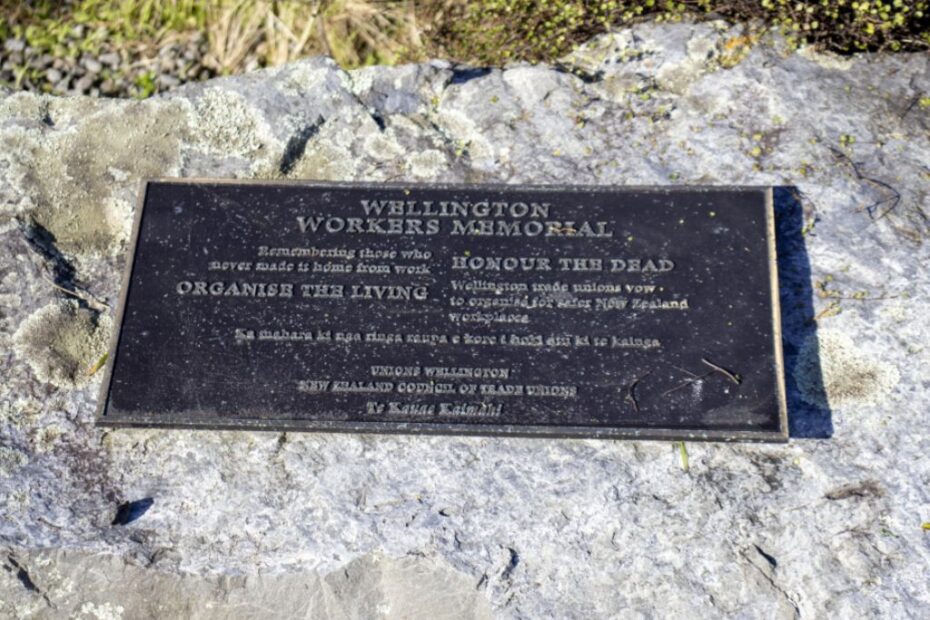First published on stuff.co.nz (26 April 2024)
The post-Pike River political consensus on workplace health and safety is dead.
This has been evidenced by the slashing of WorkSafe jobs by the outgoing Labour Government, and the further cost cutting plans announced by WorkSafe.
To make matters worse, the ACT Workplace Relations and Safety Minister, Brooke van Velden, continues to make uninformed statements on the portfolio and has now announced a “first principles” review of health and safety, foreshadowing further weakening of the long-standing consensus approach.
That National-Labour consensus was built on the findings and recommendations of the 2012 royal commission, and of the independent taskforce on workplace health and safety, following the Pike River coal mine disaster which took the lives of 29 miners.
A key finding was learned from other countries, who had successfully adopted the internationally endorsed the Robens health and safety model. New Zealand needed to fully embed this model, which was based on having a strong regulator, capable employers, and informed and empowered workers working together on health and safety.
To that end, the taskforce recommendations included a new root cause approach to the prevention of harm in the workplace, a new legal framework to enable this approach, and the establishment of a specialist workplace health and safety agency.
On that basis, WorkSafe New Zealand was established in 2013 with the challenging task of turning around our atrocious health and safety record and leading this “step change” in workplace health and safety performance.
It steadily built its capacity including a much stronger focus on the impacts of work-related health hazards which claim 750-900 lives a year.
Soon after the Health and Safety at Work Act 2015 was enacted, and despite some short-sighted National government carve-outs, it brought New Zealand closer to the Robens model as established in the United Kingdom and Australia.
An important feature of the new act and strategy was to expand WorkSafe’s roles of education, engagement, compliance and enforcement with new initiatives which examine the root causes of accidents and incidents, rather than just blame the most proximate cause or responsible person.
Provisions strengthening worker engagement, participation and representation were critical in creating a genuine health and safety culture at work by giving workers a voice in the safe operation of their work. However, this has proved challenging in New Zealand where the prevailing workplace culture is top down, and short of dialogue.
Remaining committed to the post-Pike consensus on health and safety required the adoption and resourcing of the WorkSafe “Way Forward” strategy and statement of intent 2021-25. Unfortunately, a funding path never eventuated to support the statement and consequently it was no surprise that WorkSafe had to cut its operations late last year, resulting in 113 jobs being slashed.
Despite getting rid of one in seven roles, WorkSafe management are now poised to make even more cuts to appease the coalition Government and its reckless pursuit of public sector cuts.
This leaves us facing a disturbingly similar situation to that which the Pike River Royal Commission was so critical of more than 10 years ago. Successive governments have abandoned the modern pro-active approach of the Health and Safety at Work Act and are reverting us back to the weak regulator of the 1990s and 2000s.
They have made redundant the specialist staff in WorkSafe who were committed to implementing the strategy, leaving an under-resourced inspectorate to pursue a limited, reactive, and short-sighted enforcement approach.
We are back in the environment which allowed the Pike River tragedy to occur.
The coalition Government has an aversion to regulation, yet good regulation is essential to good health and safety. Workers and businesses alike understand this. This is achieved through a set of up-to-date regulations, effective WorkSafe engagement and enforcement, and supported by codes of practice and guidance. Through this we provide clarity to workers and businesses on how to operate safely.
The minister’s confusion is evident by the dumping of the long-awaited plant and structures regulations despite the minister complaining publicly that there is a lack of “guidance” for employers.
As the penholder of the regulations, MBIE itself said: “This isn’t about creating cumbersome new requirements; it’s about ensuring better regulations to keep workers safe.”
The new minister has announced she is going to spend the next year or so wandering around the country looking for solutions before undertaking a “major reform” of the act. Fortuitously, the solution is already known. It’s right there in the Health and Safety at Work Act and the Worksafe Way Forward strategy, waiting for a government which cares enough about worker health and safety to fund and implement it.

Richard Wagstaff
President NZCTU Te Kauae Kaimahi
Richard Wagstaff was elected NZCTU President in 2015. He was previously NZCTU Vice President and National Secretary of the NZ Public Service Association.
Richard is currently a member of the ILO Governing Body. He is also a co-chair of the New Zealand Tripartite Future of Work Group.
Richard began working as a full-time paid union official in 1988 as a researcher. Later he became an organiser, working in Auckland in the health and disability sectors. In 1997 Richard was appointed as PSA National Operations manager, responsible for PSA members throughout the country in the health and community sectors. He then took up the position as a National Secretary of the PSA in 2000 which he held until becoming CTU President in 2015.
